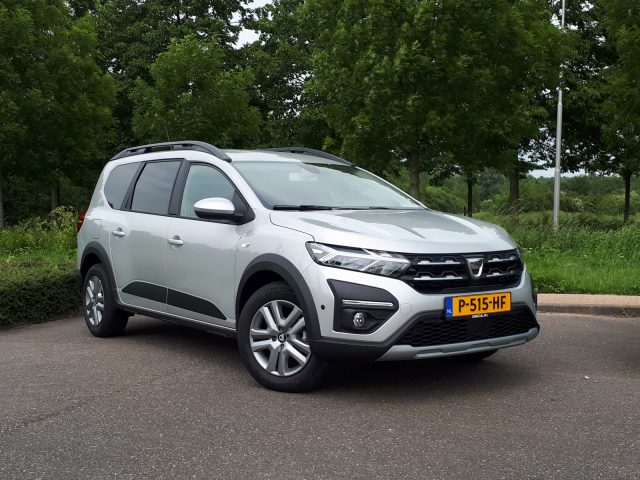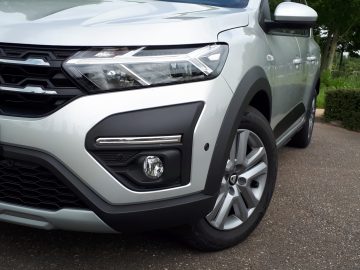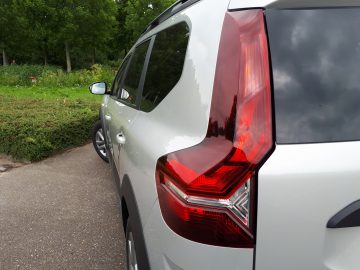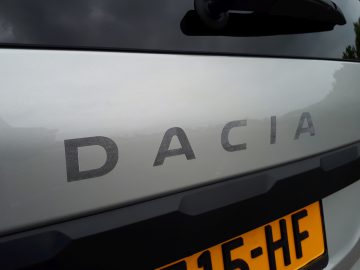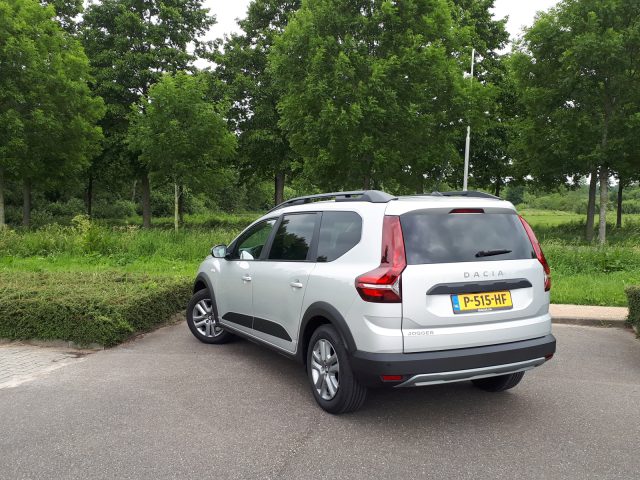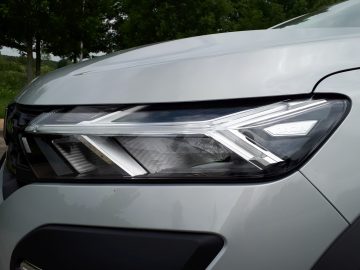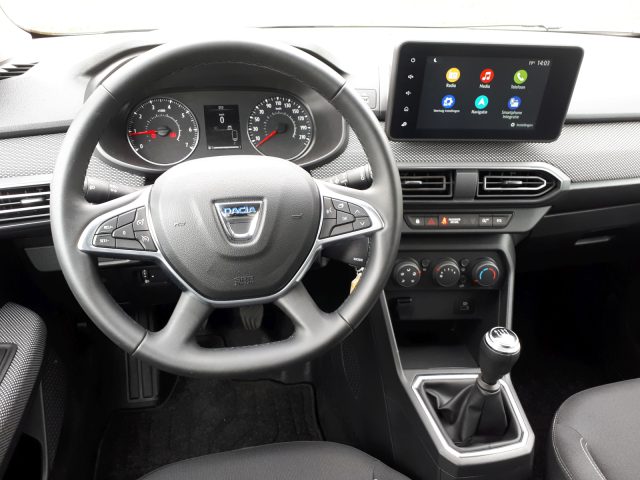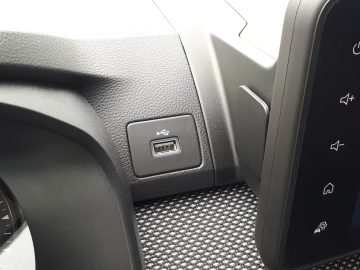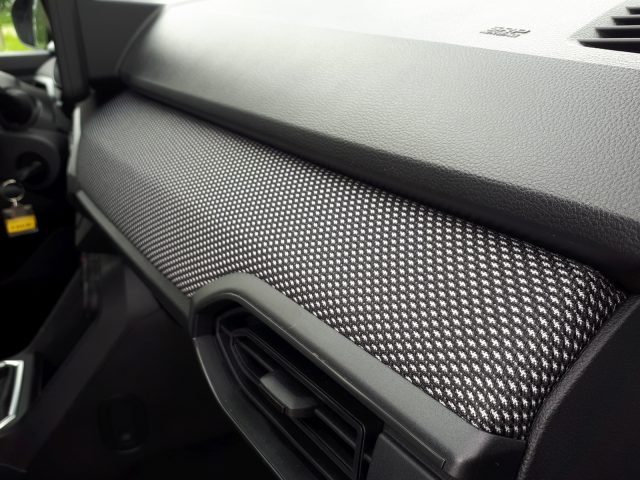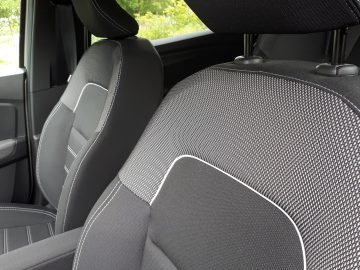Review – Dacia Jogger TCe 100 Bi-Fuel (2022)
The direct history of the Dacia Jogger dates back to 2006. Then Dacia introduced the Logan MCV. That was something. A tall station wagon with up to seven seats, a cargo area of more than two square meters – with rear seat(s) flat, of course – and at a very competitive price. You could buy the entry-level model for less than 10,000 euros.
With the second-generation Logan MCV, Dacia took a slightly different approach. It remained a practical station wagon, but it was henceforth a more conventional model with up to five seats. For more seats and luggage space, you could turn to the Lodgy, a reasonably compact MPV.
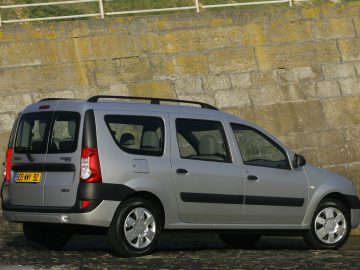
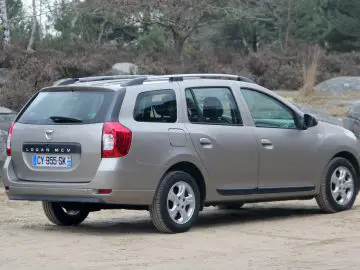

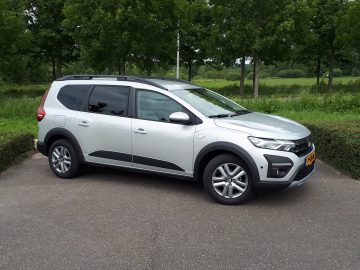
Dacia Jogger: best of both worlds
Anno 2021, it’s time for a new chapter: the Jogger. It replaces both the Logan MCV and the Lodgy. That first Logan MCV wasn’t such a crazy idea, they must have thought at Dacia, because the Jogger actually follows that same concept again. It is again a rather tall station wagon based on the Logan/Sandero, with seven seats and/or a sea of luggage space if desired.
In figures: with the rear seats flat, 1,819 liters of luggage fits in the back of the five-passenger version. In the seven-passenger version, that’s 1,594 liters, or 1,807 if you remove the rear seats completely. With all seats in use, there are still 708 liters (five-seater) or 160 liters (seven-seater) left. In short, there is no shortage of space.
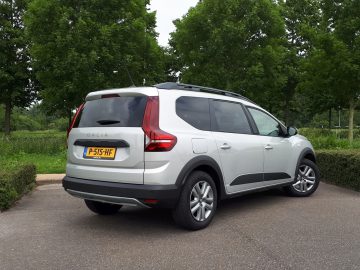
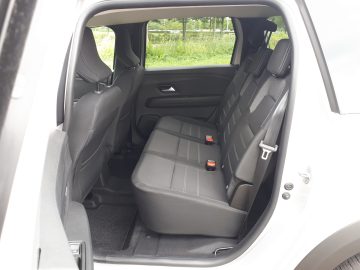


Dacia Jogger interior
The interior of the Dacia Jogger consists largely of hard plastics, but that’s not really a problem. In fact, it cleans up nice and easy. In addition, all interior parts that you normally touch are covered in soft and pleasant-touch material. What’s more, everything is beautifully designed, which means that at the bottom line you really don’t feel like you’re in a low-budget car.
Furthermore, the dashboard looks nice and tidy and controls are located where you expect them. The infotainment screen is placed pleasantly high. Then you can get to it easily and you don’t have to peer down for the controls. It also means you have your eyes off the road less often for navigation instructions.
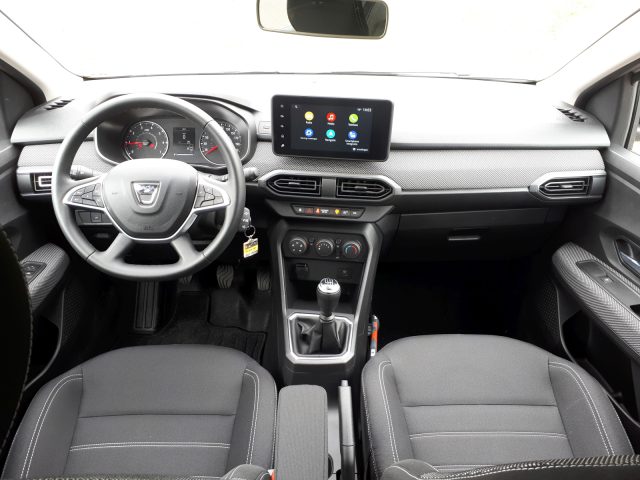
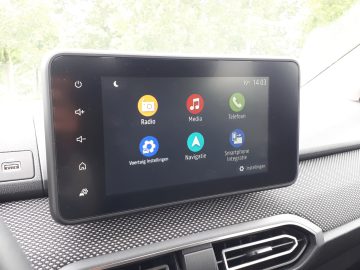
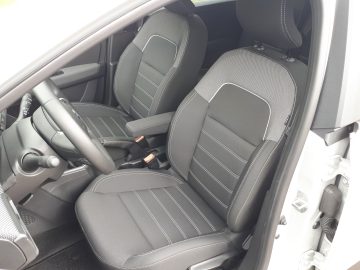
Driving characteristics Dacia Jogger
We set out. What is immediately noticeable is the very light operation of the clutch. It looks like it’s not attached to anything. The point of engagement is also a bit vague, but otherwise the six-speed box handles well. The first few gears are very short, but from three onwards you can actually drive very gear-wise. Even at low revs, the Jogger gets off to a pretty good start.
The base is on the firm side, but not uncomfortable. Short bumps are noticeably transmitted, but you’re not bouncing around either. In addition, when cornering, the car is quite tight on the road, without leaning over very much, for example.
The sound insulation of both the powertrain and other driving noises may be of a slightly lower level than in the average modern car, but it still doesn’t get really noisy on board. Speaking of sound, the audio system is okay, but not great quality by today’s standards either.
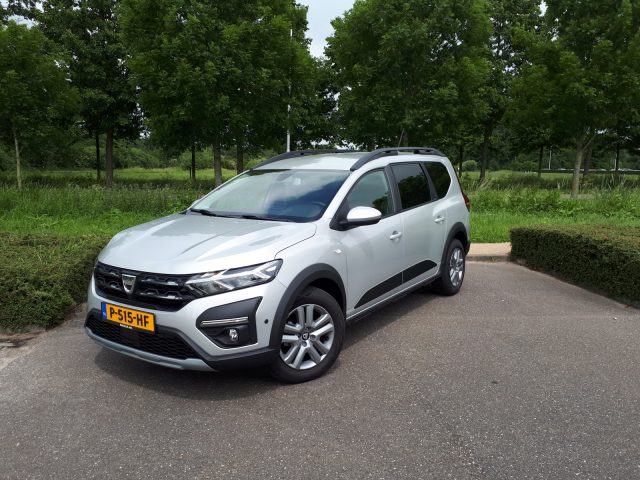
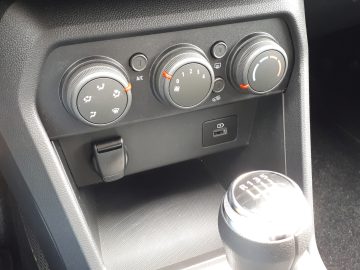
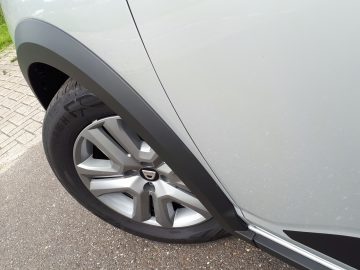
Engines Dacia Jogger
The Dacia Jogger is available with two engines: the TCe 100 Bi-Fuel and the TCe 110. Both are in themselves the same 1.0-liter three-cylinder gasoline engine, but the Bi-Fuel version additionally runs on LPG. Both come only with six-speed manual transmission and front-wheel drive. In terms of performance, the two versions differ little; the choice between the two is primarily a cost issue. More on that later. In 2023, the range will be further expanded to include a 103 kW (140 hp) hybrid.
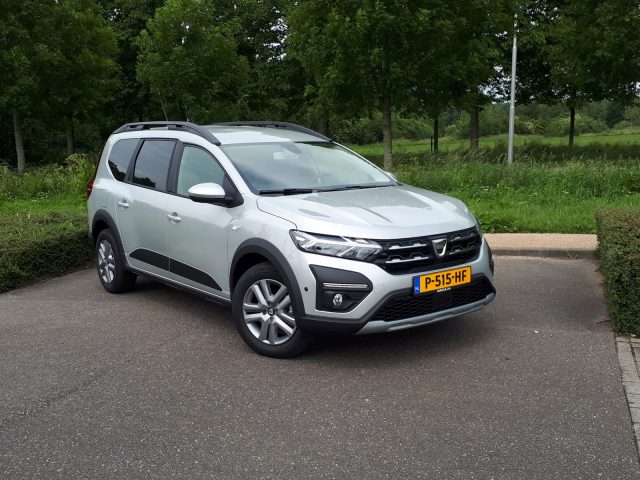
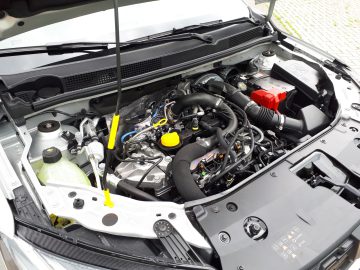
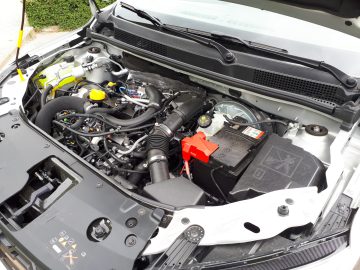
LPG or gasoline?
The TCe 100 Bi-Fuel is the version we got to take with us. On paper, the engine is just a little less powerful on gasoline: 67 kW (91 hp) versus 74 kW (100 hp) when running on LPG. In practice, this difference is actually not noticeable. Even if we pay special attention, there is so little difference between driving on gasoline or driving on LPG that we may imagine the difference because we are looking for it.
By the way, switching between the two fuels these days is done via a nicely integrated button in the dashboard. The amount of LPG in the tank can also no longer be read from a primitive indicator light, but from now on is also neatly incorporated into the display on the instrument panel. Moreover, both the gasoline and LPG tanks have a capacity of 50 liters, which together therefore ensures a huge range.
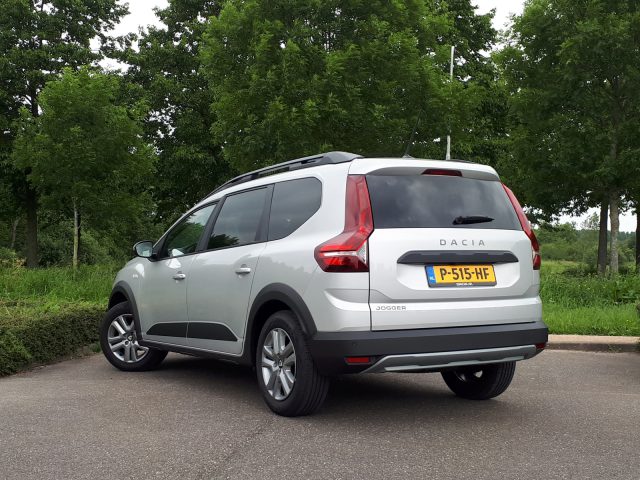

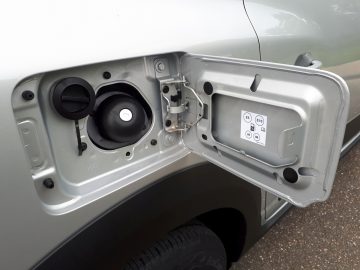
Practical consumption Dacia Jogger
The official WLTP fuel consumption of the Dacia Jogger TCe 100 Bi-Fuel is 6.0 l/100 km on gasoline and 7.7 l/100 km on LPG. After our week of testing, with mostly high-speed and N-roads, the trip computer reports a consumption of 6.1 l/100 km. That’s then on a combination of both fuels, where we’ve driven about as often on gasoline as on LPG. In short, the practical consumption is therefore neatly on the level of the factory specification.
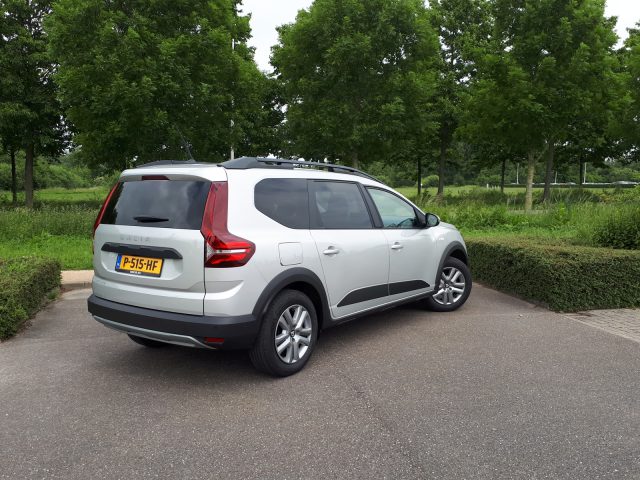
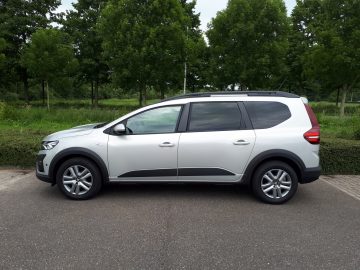

Prices and equipment
Shortly after our testing period, Dacia introduced the Jogger for model year 2023. The changes are not too big. Apart from a subtle facelift with the new brand logo, the difference is mainly in newly classified equipment levels. Below we list the most important prices and equipment for model year 2023, which you can order now. The test car in the photos may differ from this in details.
Prices for the Dacia Jogger start at 21,150 euros for the TCe 100 Bi-Fuel. Thanks in part to lower CO2 emissions – especially when running on LPG – and thus lower bpm, this is the most economical engine variant. The TCe 110 costs a minimum of 23,550 euros. The seven-seat version is available from 24,150 euros for the LPG version and 24,550 euros for the gasoline.
Standard equipment includes 16-inch steel wheels with hubcaps, LED lights, DAB+ radio with Bluetooth and USB connections and, of course, the usual safety and assistance systems. Little impressive, but just the minimum you expect in a modern car. This is how Dacia keeps the price competitive. Those who do want more luxury are free to tick options and/or choose a higher trim level.
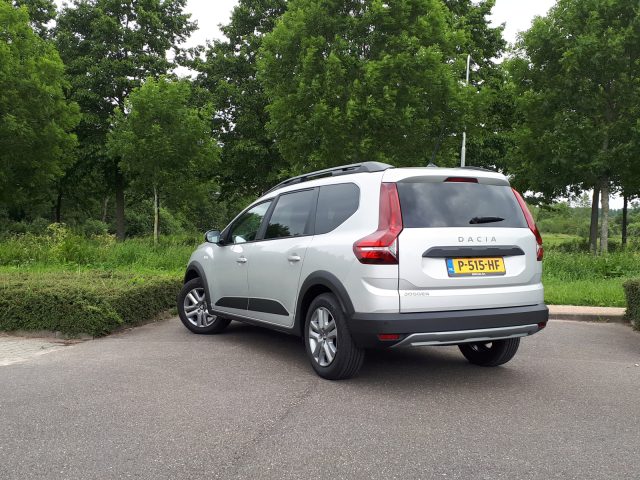

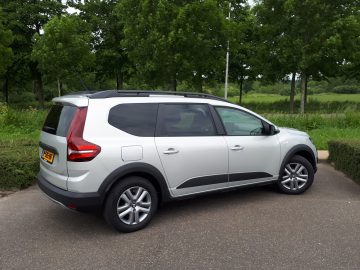
Conclusion
Want to affordably transport seven people? Or are you just looking for a family car that offers a lot for little? Then look no further. Only second-hand can you find better value for money, but then of course you don’t benefit from full manufacturer’s warranty. Apart from the price issue, the Jogger is fortunately just a good offering. It offers room for the whole family plug luggage and is fully up to date in other areas as well.
All that remains is the question of whether to go for the gasoline version or the Bi-Fuel version. Unless for some reason you really don’t want to fill up with LPG, we would go for the latter. You do not notice anything of the slightly less powerful engine in practice and both in purchase and use the Bi-Fuel is the most economical choice. Yes, the road tax is a bit higher for LPG cars, but especially with today’s gasoline prices, you’ll have that paid off in no time.
